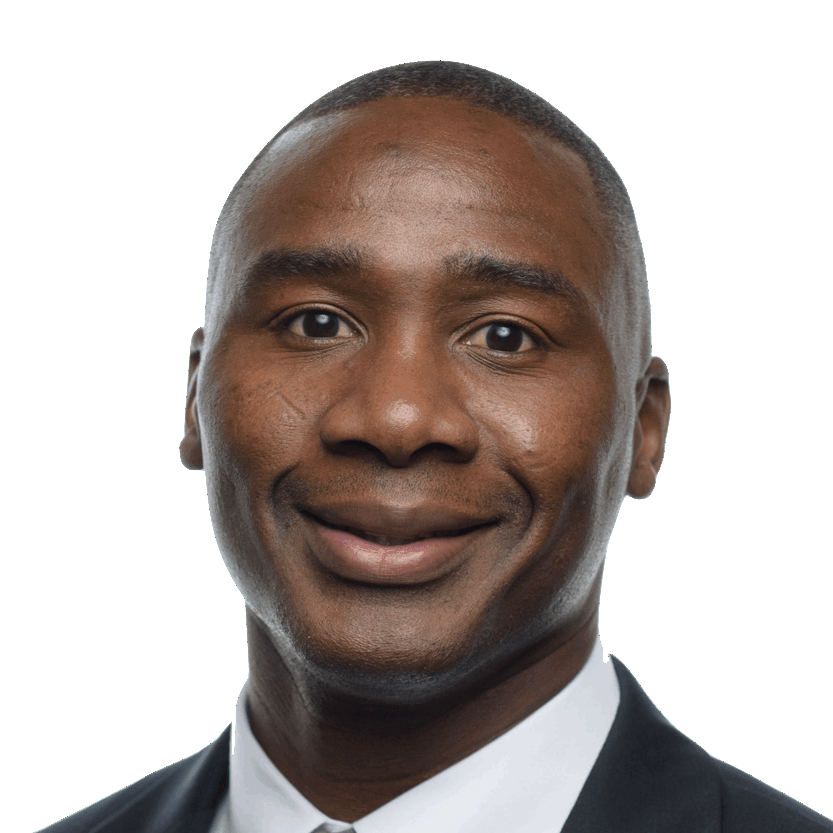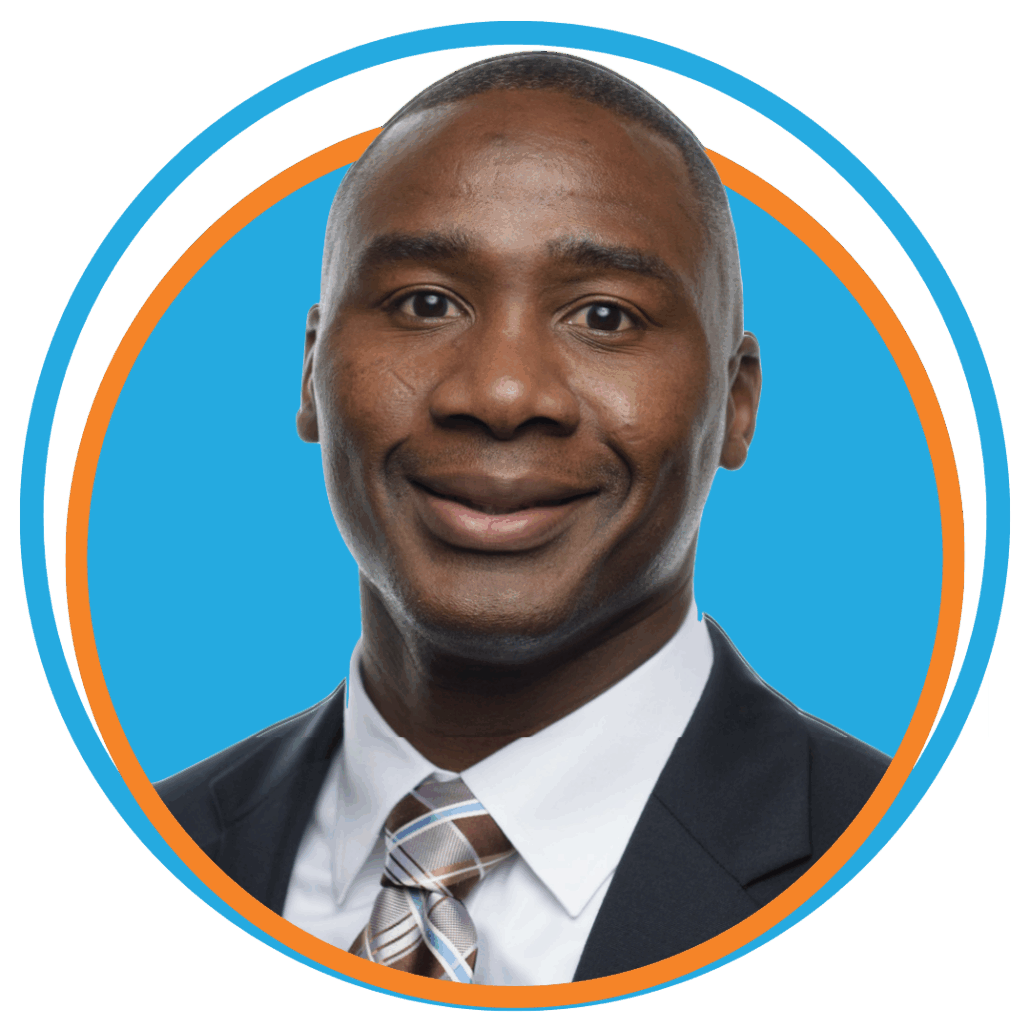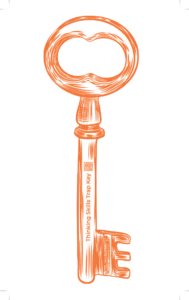[et_pb_section admin_label=”section”]
[et_pb_row admin_label=”row”]
[et_pb_column type=”4_4″][et_pb_text admin_label=”Text”]
 Many college students will face a “day of reckoning.” This is a period in their academic experience when the weight of their academic shortcomings nearly crushes them. That day for some is when their study routine generates C’s instead of A’s. For others it is when they are placed on academic probation, dismissed from a program or worse. These are educational near-death experiences. As in life when we outrun death by a fraction of a second, students who’ve come dangerously close to educational demise commit to making drastic changes going forward. Unfortunately, few actually live up to the promises they make while in the thick of trouble.
Many college students will face a “day of reckoning.” This is a period in their academic experience when the weight of their academic shortcomings nearly crushes them. That day for some is when their study routine generates C’s instead of A’s. For others it is when they are placed on academic probation, dismissed from a program or worse. These are educational near-death experiences. As in life when we outrun death by a fraction of a second, students who’ve come dangerously close to educational demise commit to making drastic changes going forward. Unfortunately, few actually live up to the promises they make while in the thick of trouble.
The problem with a day of reckoning is that the consequences are painfully clear in that moment, but the precursors to the past mistakes are not. So while we may genuinely intend to change, we really don’t know what to change. Nor do we know how to change, presuming we did figure out the true problems. For example, students will often commit to studying “harder” and “longer.” They may begin regularly attending class. While these are noble aspirations, alone they won’t lead to success. Days of reckoning are defining moments that make or break students. Personally, I’ve grown to enjoy such moments. I like it when students cry in my office. This statement may seem heartless, but tears indicate that improving means something to a student and that I have an opportunity to help a student reinvent herself. Challenge accepted! The two videos linked depict students who have turned around their academic careers. Video 1 | Video 2
Here are five tactics that I’ve found useful in helping students turn their day of reckoning into a day of redemption.
- 80/20 Rule — Students who don’t clearly understand how their roles and responsibilities differ in college from high school are doomed to frustration and failure. The 80/20 Rule is an effective way to help students understand how they must change their perspective in college. Colleagues throughout the world have consistently told me that this rule resonates deeply with their students and that they consider it a game changer. (You can read about the 80/20 Rule in my article Why Good Students Do Bad’ in College.)
- Properly Interpret Class Outcomes – Increasingly, professors are adding learning outcomes to their syllabuses. Unfortunately, these invaluable tools are not explained to students in an actionable manner. One of the central functions of our metacognitive tutors is to help students understand the difference between studying the course content and reaching the course outcomes. A condensed version of a tutor’s explanation to a student goes something like this: “The six learning outcomes communicate what you are supposed to get out of this course. They are what the professor has organized the material around. This means that if you don’t attain these outcomes while studying, you will not be successful. Your job is to use the content to reach these outcomes. You can no longer measure your learning by how long you study. Going forward you must measure your studying by the degree to which you meet these outcomes.”
- Become Metacognitively Empowered Thinkers — Research regularly links metacognition to academic success. Effective learning requires much more than interacting with content. Students must be able to align the unconscious metacognitive operations with their conscious strategies to reach the outcomes embedded within their tasks. I’ve developed a useful supply of metacognitive tactics and techniques that help students independently accomplish this skill. The ThinkWell-LearnWell Diagram and Learning Sufficiency Diagram are at the core of the metacognitive approach that I, along with the metacognitive tutors at Lenoir-Rhyne University, use with our students. These diagrams can be downloaded for no cost at: https://thelearnwellprojects.com/tools/. Also, if you YouTube “Transforming Good Students into Great Learners” you can view videos of me using them with students. New, updated video content is coming soon.
- Usage of the ThinkWell-LearnWell Diagram — I know I just mentioned it, but this diagram deserves a bit more attention. The ThinkWell-LearnWell Diagram has been paramount to many students becoming effective thinkers and learners. In addition to helping accomplish the results mentioned above, the diagram, more than anything else, provides a framework for deep interactions. Students tend to be shallow, dualistic thinkers. They are adept at memorizing topics, but they don’t use their full cache of thinking skills. The ability to reach different outcomes with the same content, rather than the same outcome with different content is a key academic skill. Students who acquire this one ability typically experience profound improvements in their thinking which leads to improved reading, writing and general performance.
- Think Globally, While Acting Locally — This is the name of a reading comprehension technique that I developed a few years ago. Research shows that 85% of college learning involves text and textbook. Most students can read, but many do not fully comprehend the material to the levels that are needed. Stay tuned for more information. Thinking Global; Acting Local is the name of a forthcoming article.
As we start a new semester and/or new quarter, let’s help students turn their day of reckoning into a defining day of redemption.
[/et_pb_text][/et_pb_column]
[/et_pb_row]
[/et_pb_section]


